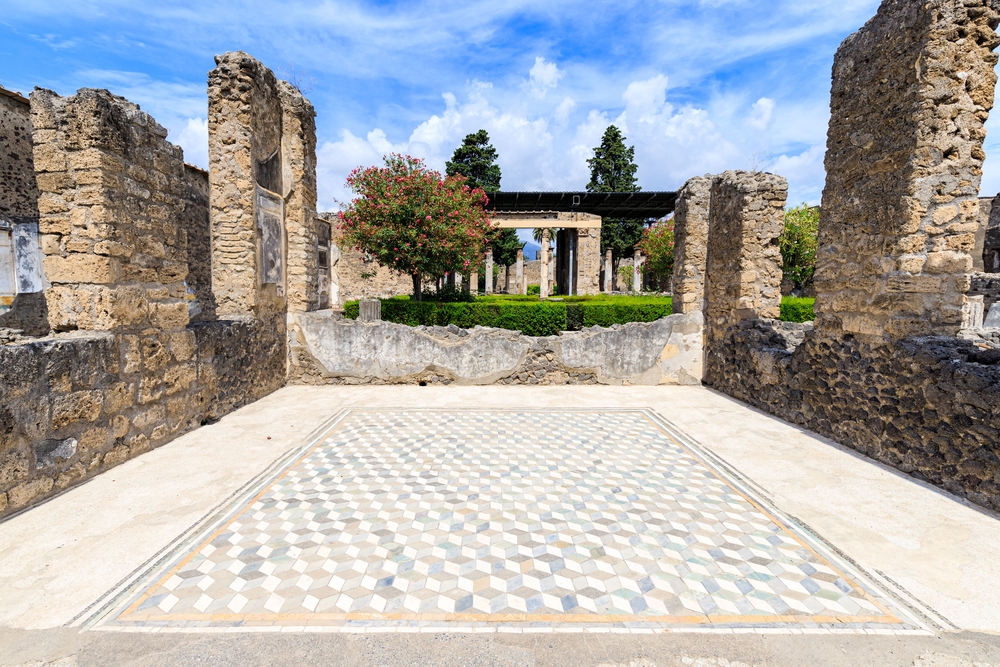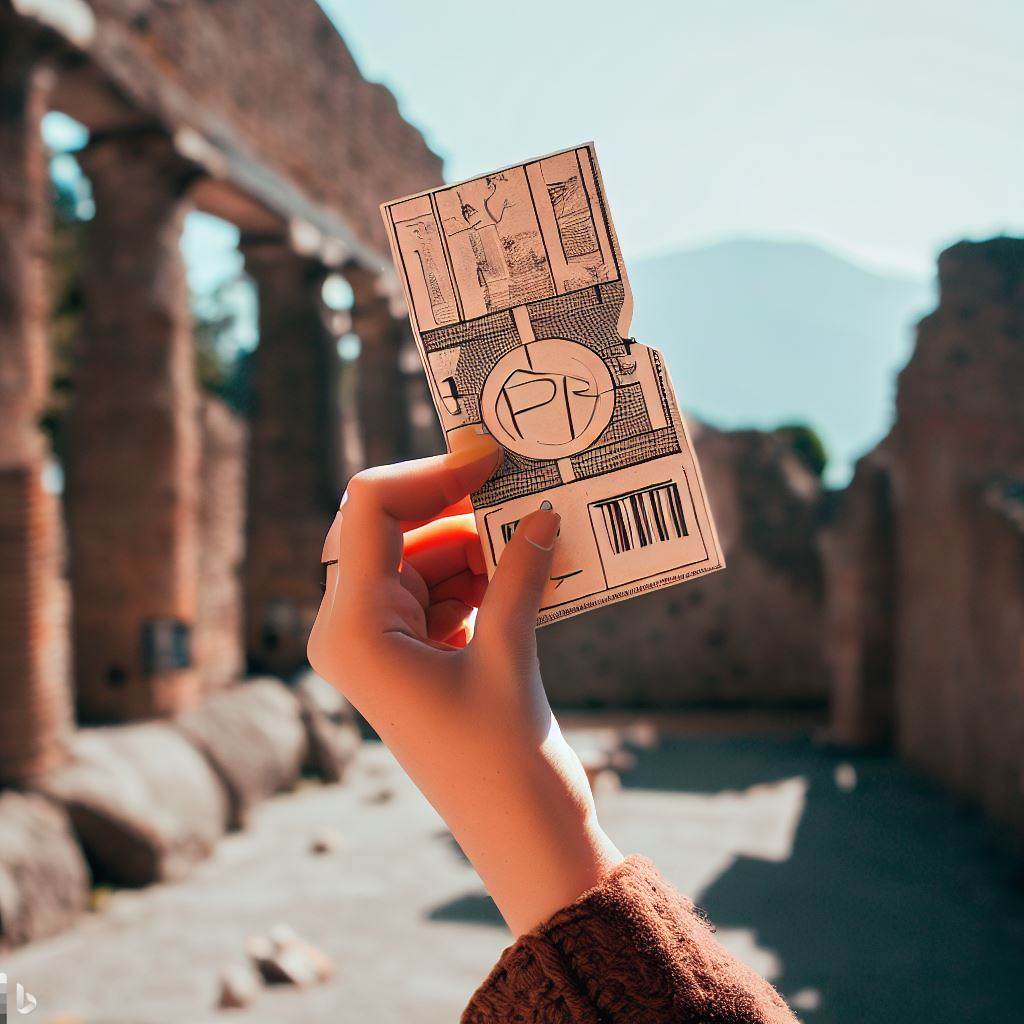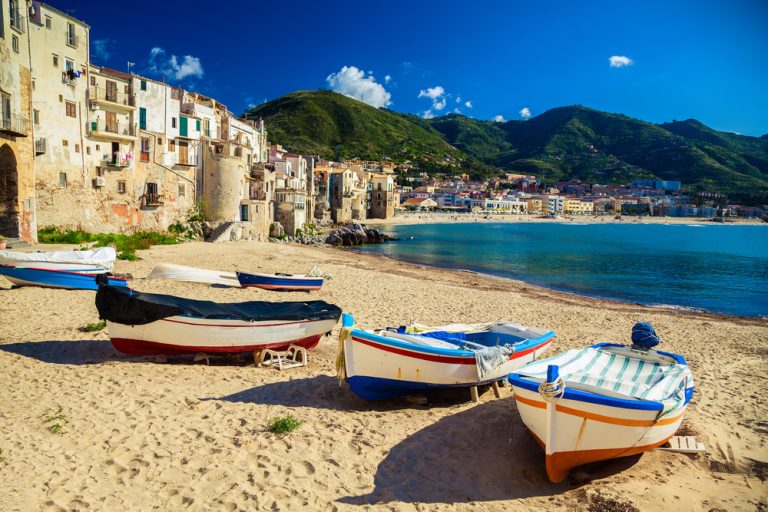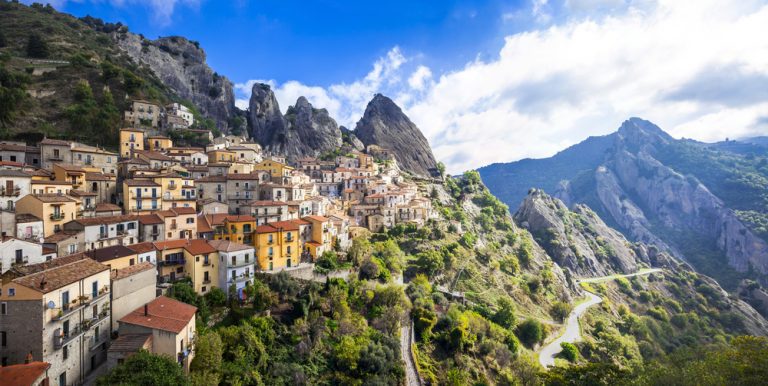Do Pompeii Tickets Sell Out?
Italy is a popular tourist destination, with many visitors traveling from all over the world to explore the country’s ancient ruins, particularly those in Rome. A visit to Pompeii provides a unique and immersive Italian experience.
Have you ever wondered if tickets for Pompeii, the city that was engulfed by a volcanic eruption, get sold out? It is a historical gem that deserves a visit despite the disaster that occurred.
It is unlikely for Pompeii tickets to be sold out since the city has sufficient capacity to accommodate all visitors.
The Pompeii site is vast with numerous entrances. It is advisable to buy tickets in advance and ensure you are aware of the type of ticket you are purchasing.
If you choose to be brave and go to Pompeii without a proper tour, there are plenty of options and self-made itineraries for those kinds of tourists. This article will discuss how to navigate Pompeii, whether through advanced tickets or self-guided exploration.
Are you interested in learning Italian phrases? Our guide can provide you with helpful information.
Make your Italian adventure even better by learning essential Italian phrases for travel
Can You Visit Pompeii Without a Tour?
Certainly, it is possible to explore Pompeii without a guided tour. Every year, millions of visitors flock to the historic city, with many opting not to avail of the paid tour service. There are several advantages to exploring Pompeii independently:
- It saves money
Starting rates for tours of Pompeii are about 10 euros. - You’re more flexible with your time
Official tours last about 3-4 hours, but each increment of time is designated to a particular spot in Pompeii. A self-guided tour gives the tourist as much time as they want to check out whatever they want. Many people spend the full day in Pompeii; considering the amount of history the site holds, a day is perfect. - It’s easy to get around with an app
Many travel experts, including Luxe Adventure Traveler, swear by an app called Pompeii — A Day in the Past. Some of the best features from this app include the ability to break down itineraries into 2 hours, 4 hours, and all-day schedules that cater to travelers the most. The app also offers seven types of trips for tourists to choose from.
Other travel experts recommend utilizing Google Street View to check out the ruins of Pompeii. From there, tourists can decide what they want to see most and how to get there from Google Maps.
Become a sustainable traveler by reading our guide.
Sustainable Travel in Italy: How to Be a Responsible Tourist
Other Options for Tours of Pompeii
When on vacation, many tourists opt to pay as little as possible for anything, especially tours. On the other hand, travelers may not feel comfortable wandering around a new area without guidance but don’t want to spend much money for a tour. What other options are there?
- If tourists choose the self-guided tour option, that doesn’t necessarily mean it’s free. The basic tickets for each site go for 15 euros for adults, 9 euros for 18-24-year-olds, and free for children.
- These tickets are sold at the front gate of the excavation sites
- Discounts are available for travelers in the Naples region of Pompeii! The Campania Arte Card is a discounted ticket that allows tourists to enter their first two excavation sites of choice for free, then a 50% discount for each following site.
- This card also allows for free transportation, saving extra money in multiple ways.
- Many visitors opt to purchase combination tickets of Pompeii sites and other sights to see.
- For example, purchasing a ticket where you get to see Pompeii, Oplontis, and Boscoreale for 18 euros and lasts three days could be a potential option.
- Tickets that allow sightseers to skip the long lines are available for Pompeii tours too, for an extra 4 euro charge.
- Some travel experts don’t recommend this option, because there are no extra perks to getting in early — the lines are unpredictable anyway.
Should I Book a Guided Tour to Pompeii Anyway?
Touring an ancient city such as Pompeii can be daunting. The area is vastly large (the Visit Pompeii website reports the entire area as 44 square hectares or 108 acres) and could take a long time to see every site. Therefore, a guided tour would be a suitable option.
Visit Pompeii recommends using a guide to navigate the important sites that may be difficult to find independently. These knowledgeable guides possess unique insights about the city and offer local expertise that cannot be found elsewhere.
Guides are adept at capturing the essence of life in Pompeii prior to the tragic eruption of Mount Vesuvius. Exploring the ruins with their assistance provides an authentic historical experience that is unattainable through self-guided tours.
Pompeii guides have an impressive skill in conveying the true essence of life before the catastrophic eruption of Mount Vesuvius. Touring the ruins with their guidance ensures an authentic historical encounter that cannot be achieved on self-guided visits.
Regardless of the type of tour, you decide to embark on, it’s highly recommended that a map of Pompeii be in your hands at all times. Experts note that upon purchase of your ticket, you request the map and the guidebook that explains all about Pompeii to match with your audio device.
Some tourists complain about the quality of the audio tours. A few may find the tour guide boring, while others have volume issues with their audio, missing out on information about Pompeii.
Is It Worth Going to Pompeii?

A guided tour will take you to all the big sites in Pompeii but for some more independent travelers, a self-guided expedition allows the freedom to visit the sites they want to see. However, out of the many historical landmarks in Pompeii, which ones are the most notable? Here are a few popular ones:
- The Garden of the Fugitives (Plastic Casts)
In this site lies the most striking image of the tragedy in Pompeii — people getting burned and buried alive by the lava that erupted out of Mount Vesuvius. Specifically, the Orto dei Fuggiaschi (the Italian name) pays tribute to the 13 citizens that nearly escaped as the lava overflowed and sealed their fate.
Their remains weren’t discovered until the 1960s and 70s, and the memorial was built around them as they were placed in casts. - Pompeii Spectacula (The Most Impressive Amphitheater)
To get a feel for the longevity of ancient Roman ruins, the Teatro Grande (Italian for large theater) was built in 70 BC and remains the oldest standing amphitheater in the world. The reason it’s been able to exist for as long as it has is that it was made of stone. The structure was built to seat the entire population of Pompeii at that point so that they could watch all sorts of performances. - Thermal Baths (Praedia of Giulia Felice)
This excavation gets its notoriety from being one of the most lavish sites in Pompeii. Generally, thermal baths in public dominated in Pompeii over private baths, which were mostly connected to the rich. One of these examples is the Praedia of Giulia Felice, one of the first homes restored for historical purposes after the natural disaster.
Other restored thermal baths were known to be open to the public, and there was no discrimination as to who could use them. - Forum of Pompeii
This area is closely related to what would have been Pompeii’s downtown area. The site is shaped rectangularly with an open concept that hosted the town’s marketplace as well as other cultural and political gatherings. A lot of trades and bartering occurred at this site, and while most of it was wiped away, the few remaining structures give enough of an idea of what daily life was like in Pompeii.
Read about Barletta – Uncovering the Magic of Barletta: Is it Worth Visiting?







